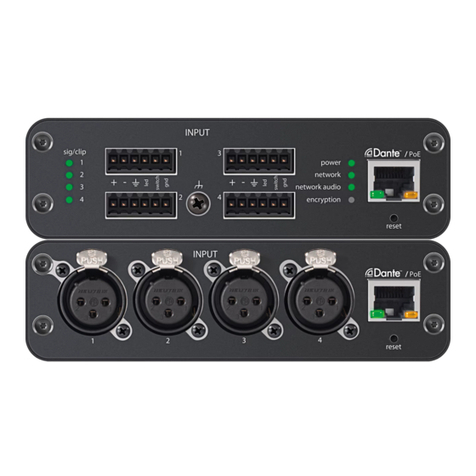Shure ML140HE User manual
Other Shure Recording Equipment manuals

Shure
Shure A15TG User manual

Shure
Shure PSM 600 User manual

Shure
Shure A820-NIC-DANTE User manual
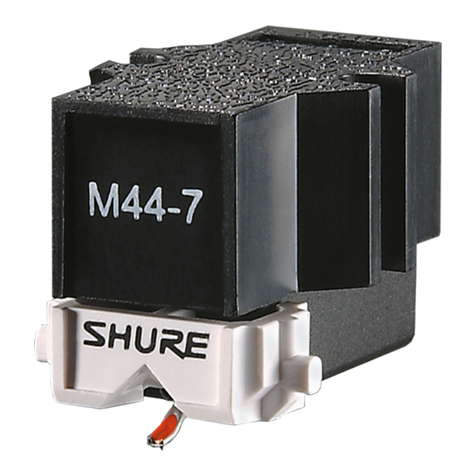
Shure
Shure 44 Series User manual

Shure
Shure PSM 900 User manual
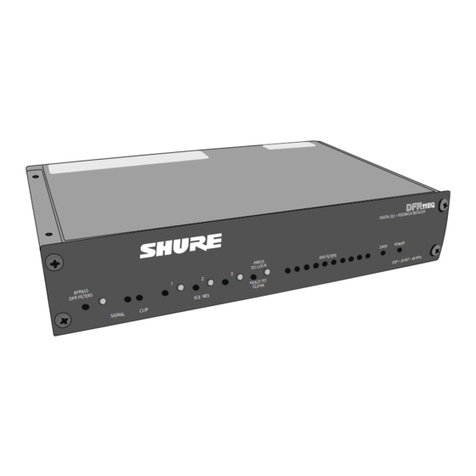
Shure
Shure DFR11EQ Version 5 Parts list manual

Shure
Shure PSM 300 User manual

Shure
Shure MV88+ User manual

Shure
Shure DFR11EQ Version 5 User manual

Shure
Shure MVI User manual
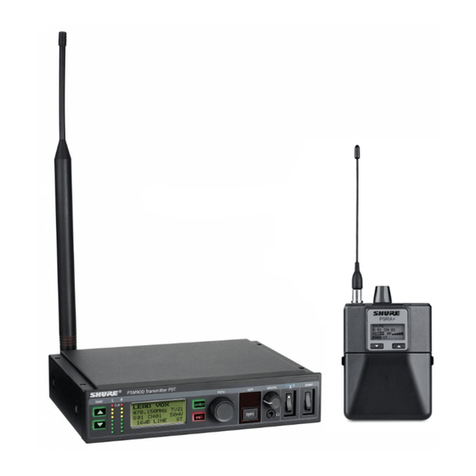
Shure
Shure PSM 900 Programming manual

Shure
Shure ANI4IN Series User manual
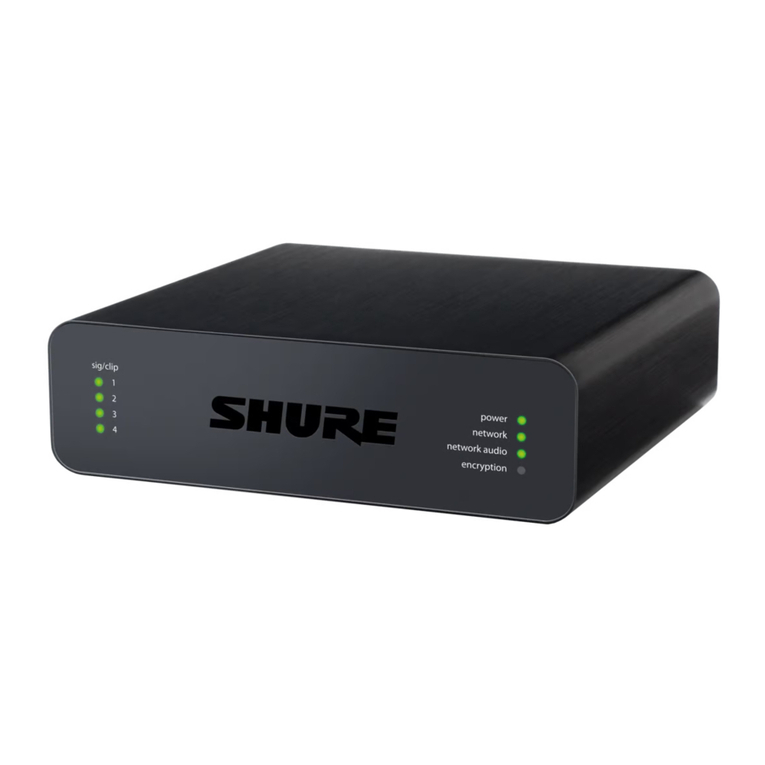
Shure
Shure ANI4OUT User manual
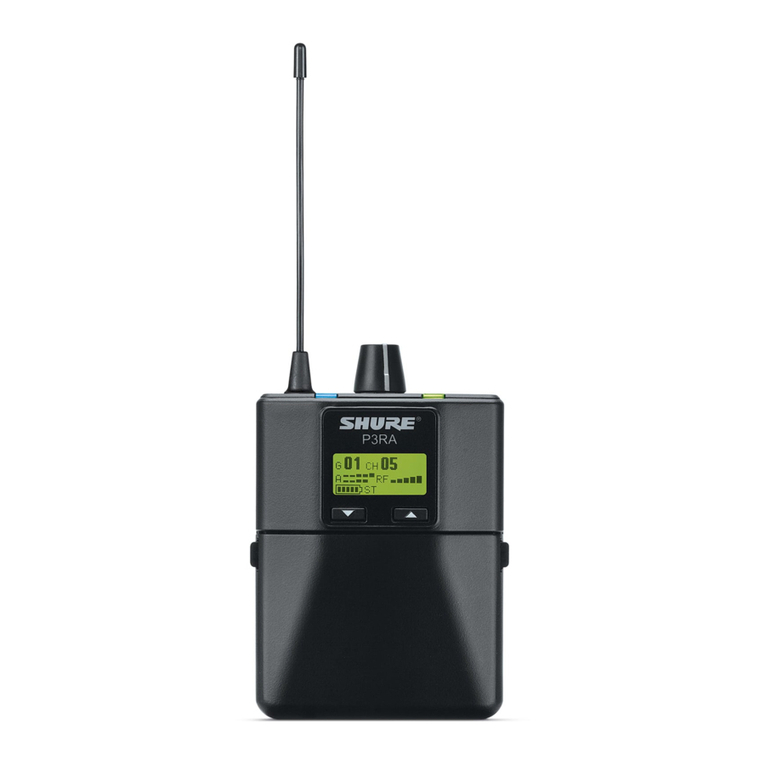
Shure
Shure P3RA User manual
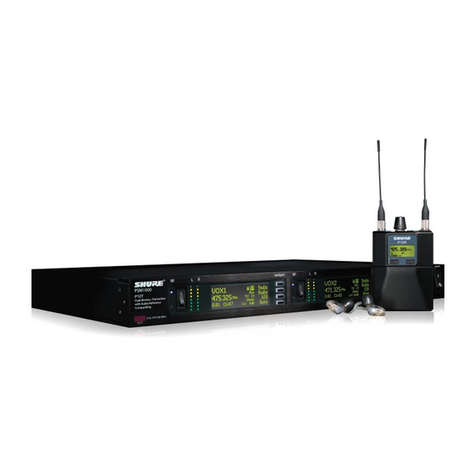
Shure
Shure PSM1000 User manual
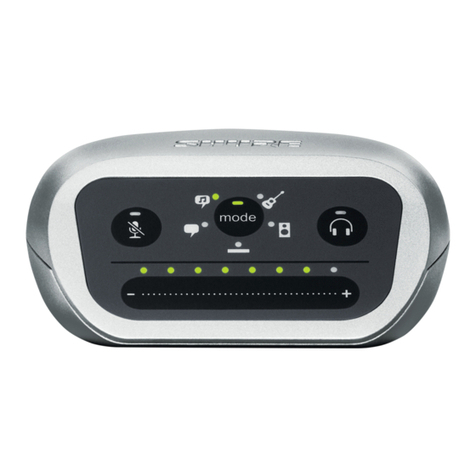
Shure
Shure LEGENDARY PERFOMANCE MVi User manual

Shure
Shure ANI22 User manual
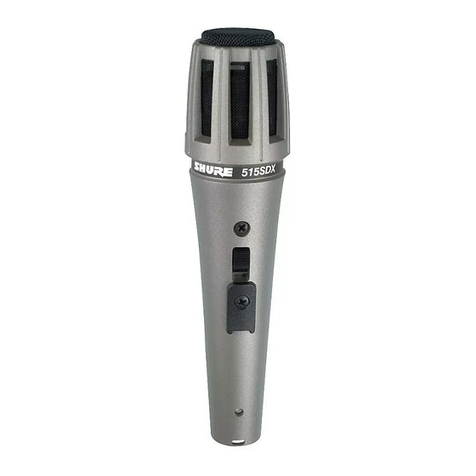
Shure
Shure R180 User manual
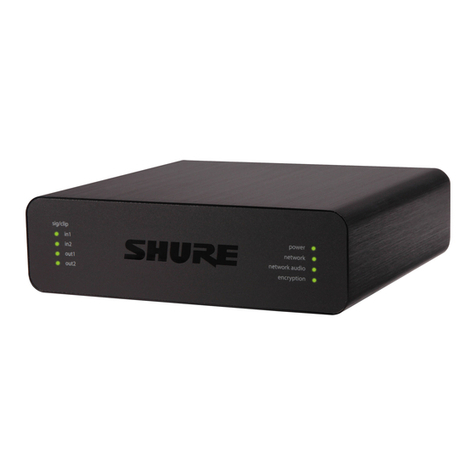
Shure
Shure ANI22 User manual
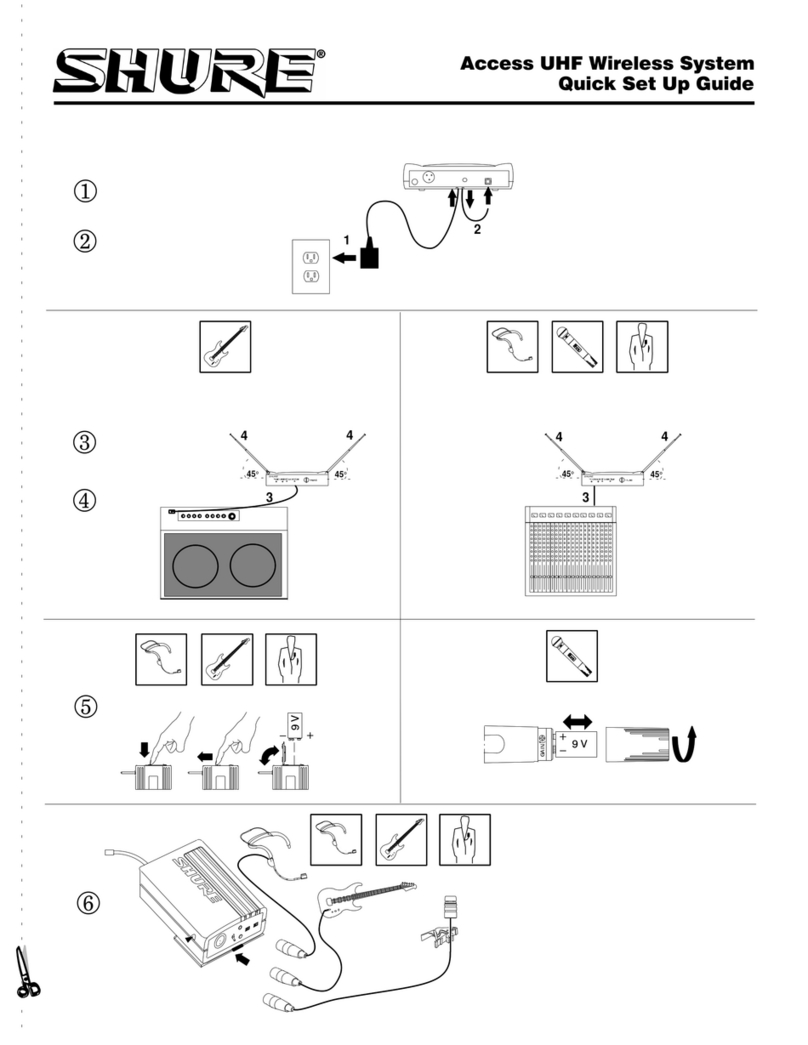
Shure
Shure Access User manual
